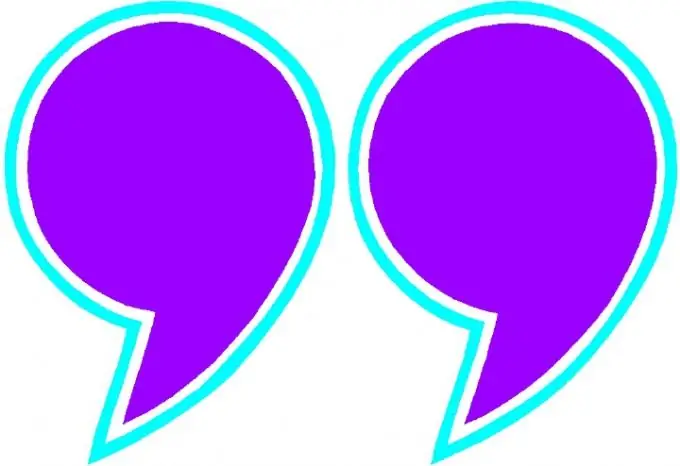Quotation marks are used to denote direct speech; they are used to formalize the names of firms and some organizations. In the first case, replacing quotation marks requires a permutation of the phrase and additional punctuation.

Instructions
Step 1
The scheme of a sentence with direct speech in quotation marks looks like this: A: "P" - or so: "P" - a (A - the author's text, P - direct speech). In the first case, to remove the quotes, such a permutation of the sentence is required to get the scheme:
BUT:
- P.
Thus, the colon is preserved, and the words of direct speech are carried over to the next paragraph (line). The words are preceded by a dash. Instead of a period, you can put an exclamation mark, question mark, ellipsis. Direct speech begins with a capital letter.
Step 2
In the second case, the direct speech and the words of the author are written in one paragraph. Punctuation looks like this:
- P, - a.
Direct speech begins on a new line, preceded by a dash. A comma and a dash separated by a space are placed after direct speech. The author's text is written with a small letter. Instead of a comma, there can be an exclamation mark, question mark, ellipsis, but in no case a full stop. The author's text will still be written with a small letter.
Step 3
In the names of legal and other organizations, the names of works of art and creative unions, quotes are not replaced or omitted.






